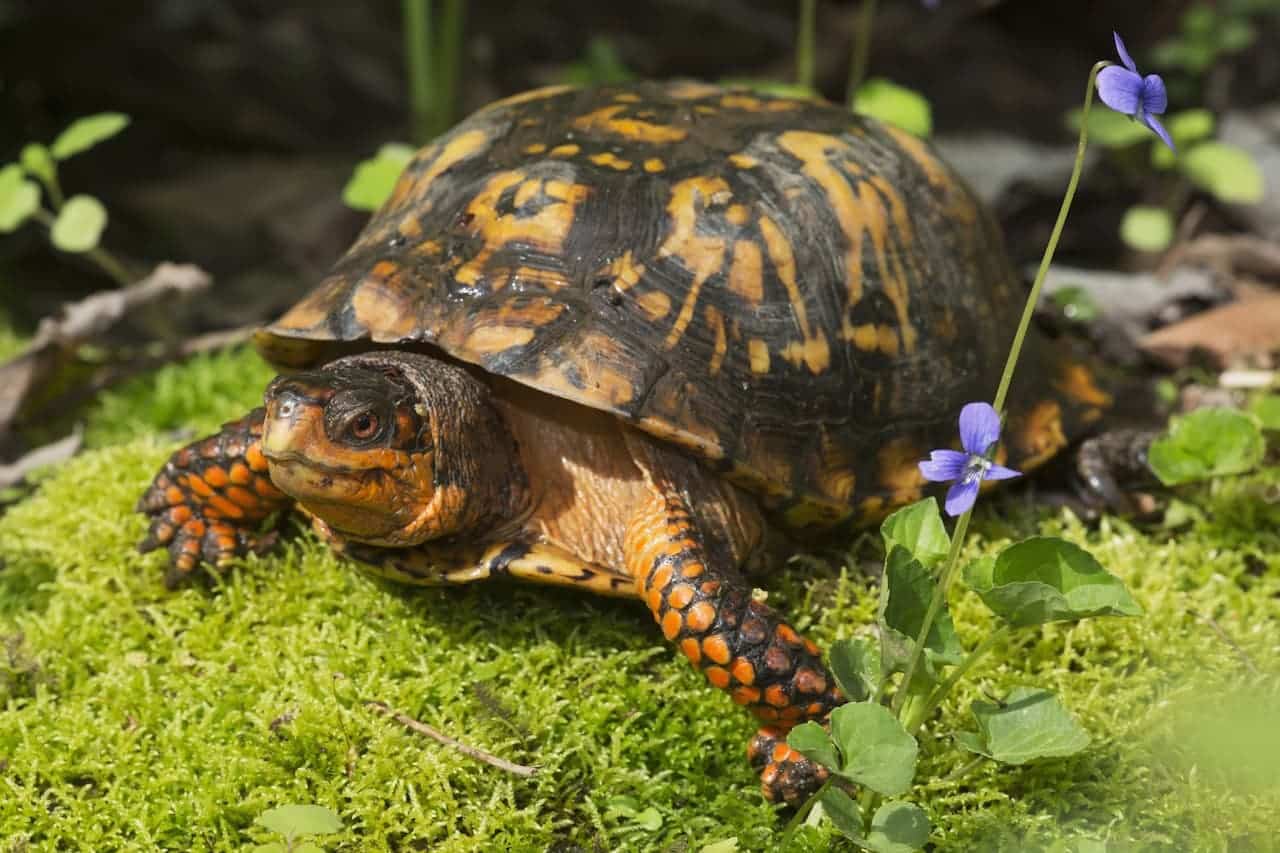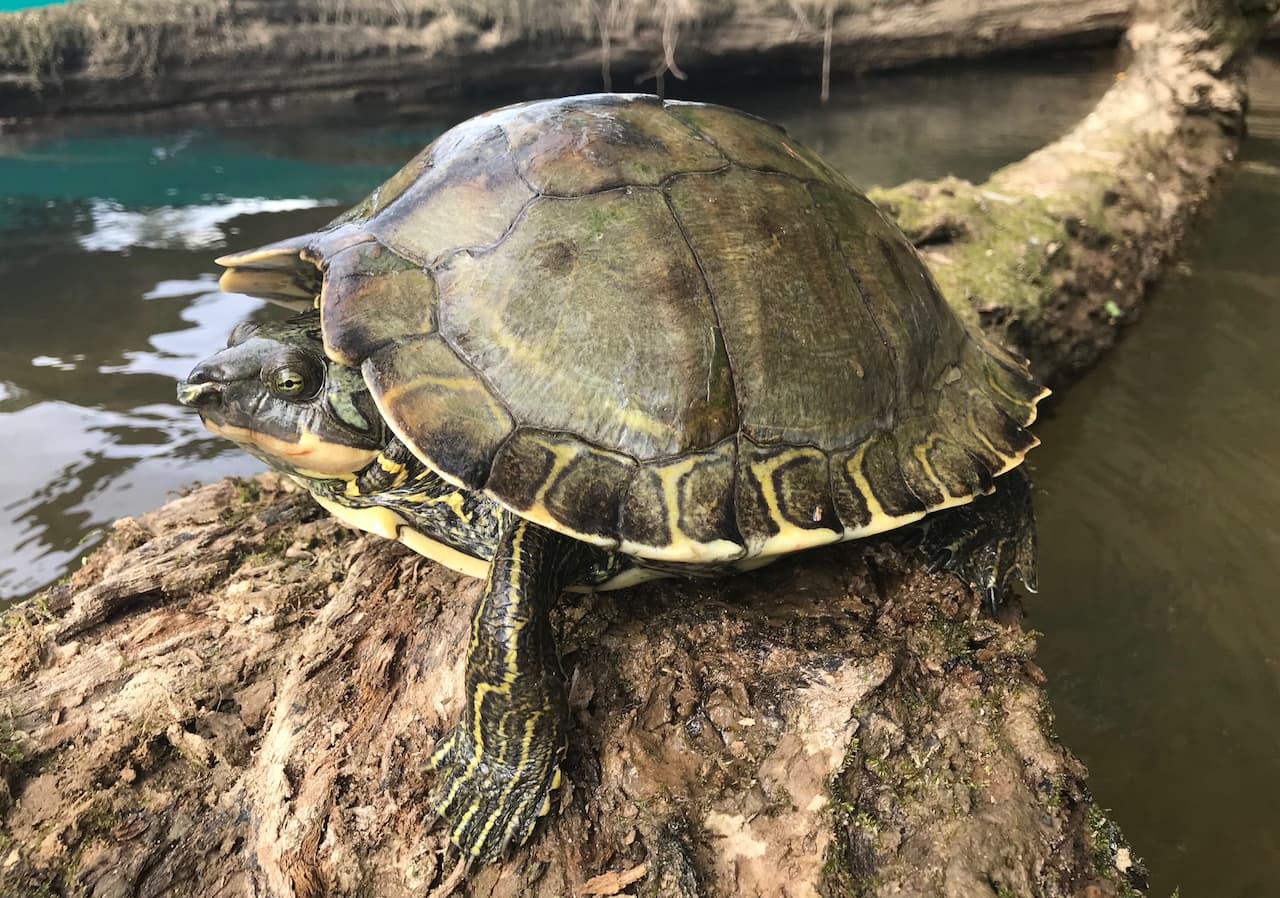A young adult Pyxie Frog.Don’t be deceived by either the common or the scientific names. There is nothing—nothing at all –pyxie-ish about this frog. Adult males are every bit as large as the biggest of the Horned Frogs, Ceratophrys. They surpass in size the biggest American Bullfrog that I have seen, and are equally as voracious as any examples of either.
The frog we are discussing is the African Bullfrog Pyxicephalus adspersus. It is in the small family Pyxicephalidae. It has an immense range, including much of sub-Saharan Africa. The common name, of course, is derived from the genus name, and whoever decided on this scientific designation must have had a remarkable sense-of-humor. The Pyxie is cannibalistic, eats other frogs, rodents, and any invertebrates it happens across. Add to that the fact that it will latch rather painfully on to the errant finger of any careless keeper.
Possible lifespan is debatable. Some researchers say 20 years, others double that time span. It seems the frogs grow slowly, throughout much of their long lives. At adulthood male Pyxies may reach 10” in svl (snout-vent length). Females are smaller. Males are also a bit more brightly colored than the females. Males are a decided green and have a yellowish throat while the females are a much duller olive green to brown(ish)-green and have whitish throats. Juveniles are green with bright green vertebral and lateral stripes.Several rows of interrupted, elongate, dorsal and lateral ridges are present on both sexes.
Pyxies are secretive and spend much of their lives in burrows of their own construction. They are explosive breeders, emerging from their burrows to breed en-masse in temporary waterholes formed at the beginning of the rainy season. Sparring by the males is a common occurrence.
As an aside, hobbyists actually like this belligerent frog, and Pyxies are now being bred commercially for the pet trade.
Continue reading “Pyxie Frogs” …read more
Read more here: King Snake












.jpg?w=250)















